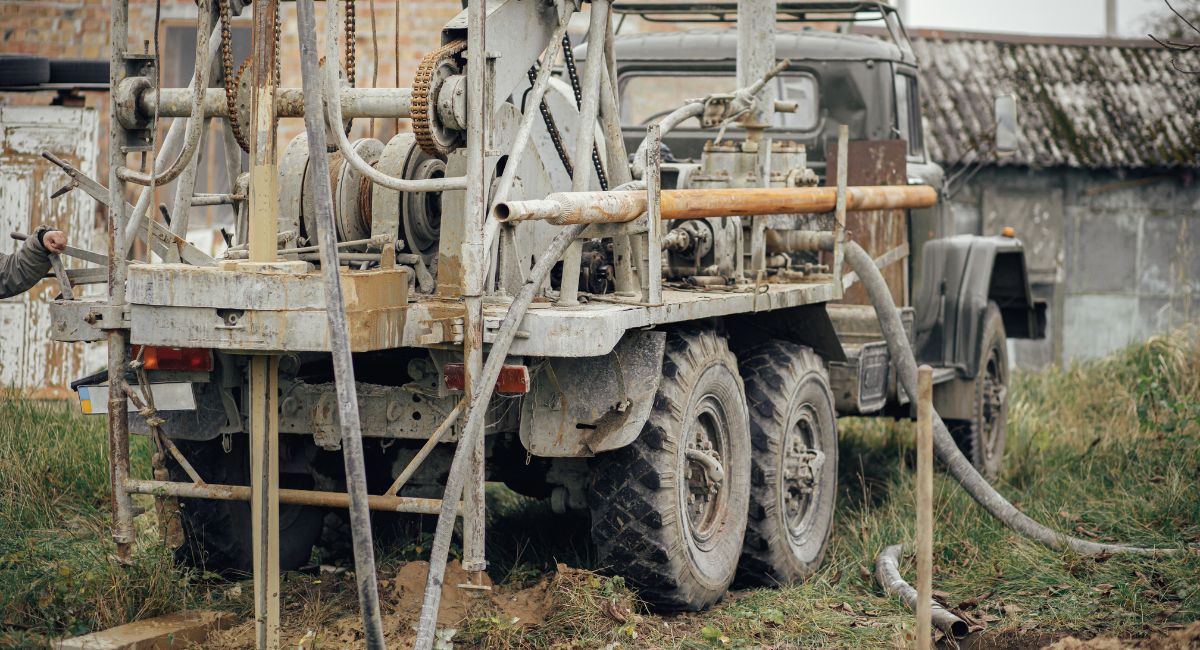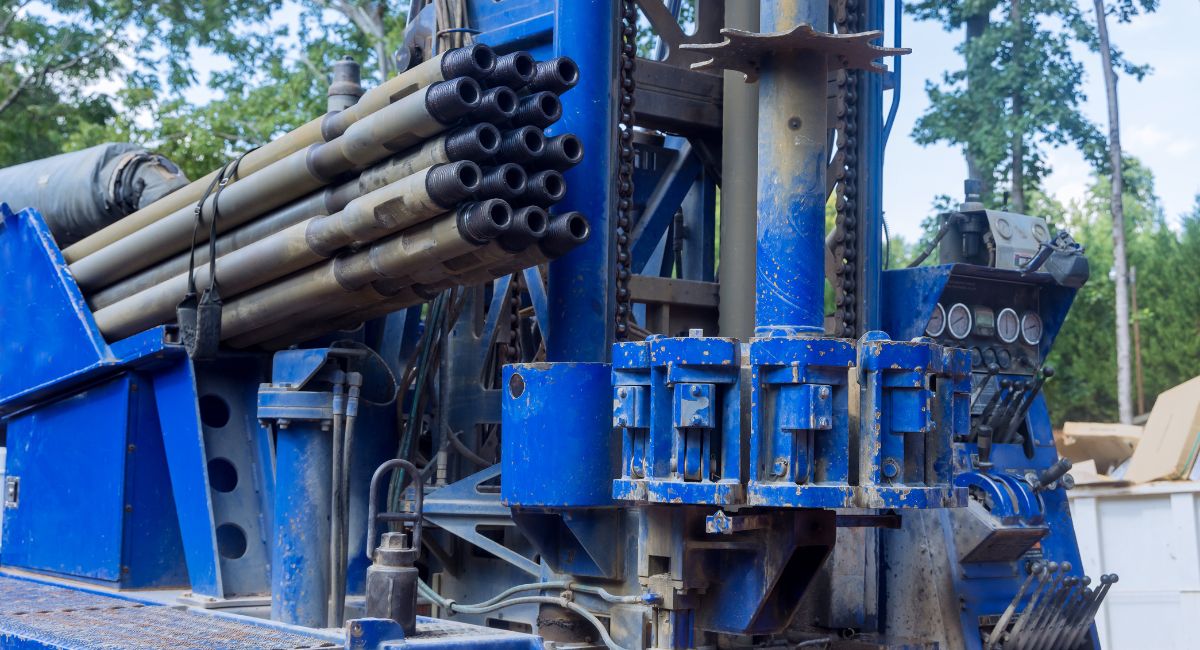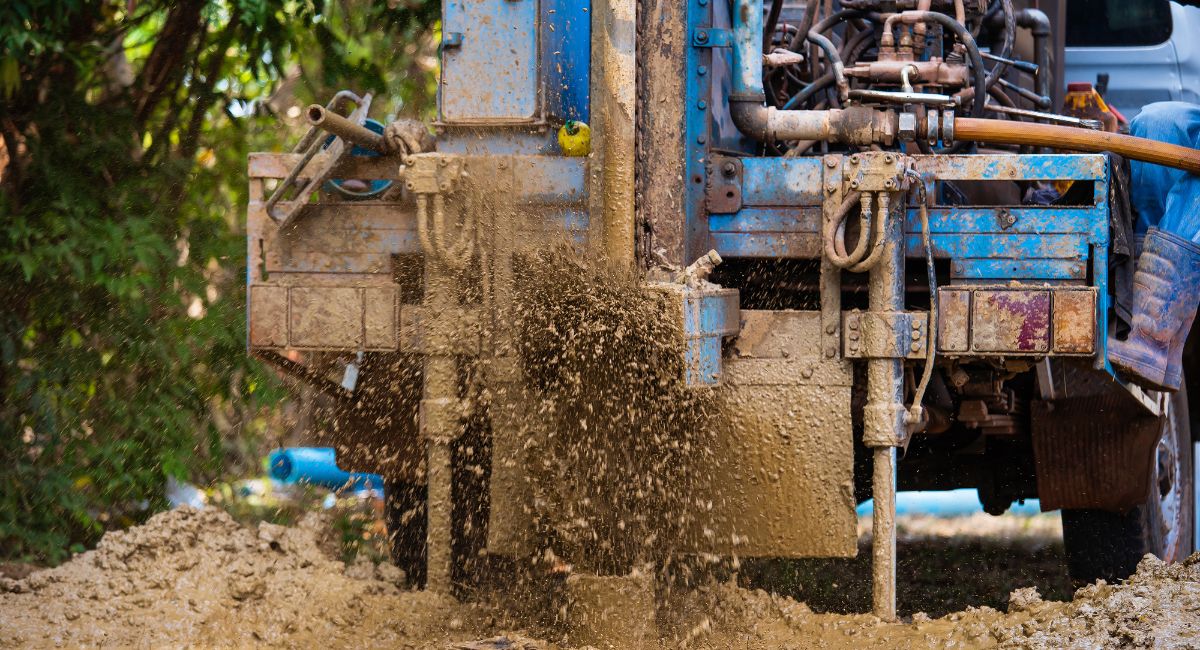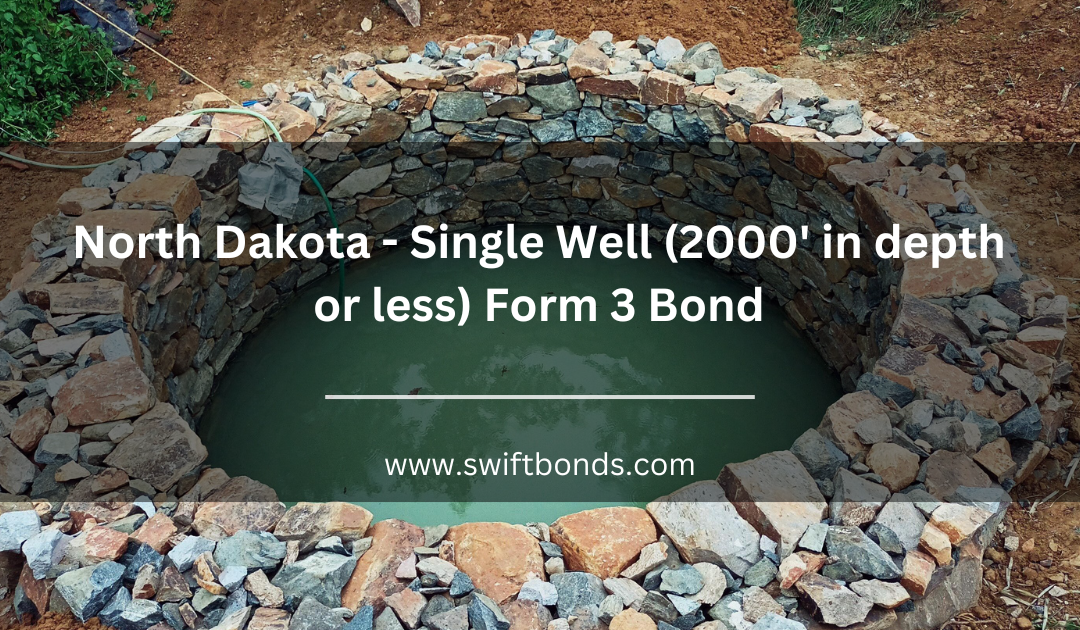Get an Instant Quote on Single Well (2000′ in depth or less) Form 3 Bond
Introduction
From our perspective, professionals in North Dakota in the energy sector—especially those managing smaller-scale oil or gas wells—are expected to meet a unique blend of operational, environmental, and financial obligations. For any business planning to drill a single well not exceeding 2,000 feet in depth, the North Dakota – Single Well (2000′ in depth or less) Form 3 Bond becomes an immediate legal requirement.
This bond plays a pivotal role in protecting both the environment and state resources. It guarantees that operators will responsibly drill, maintain, and properly close their well sites. Should an operator fail to meet these obligations—such as by abandoning a well without reclamation or violating drilling guidelines—the bond provides funds the state can use to correct the issue.
The bond’s role is similar to the North Dakota – Money Transmitter ($150,000) Bond, which holds financial businesses accountable to regulatory standards. In both cases, the bond is not optional; it’s a condition of doing business legally in the state and a way to prove financial responsibility upfront.
By holding this bond, drilling companies show state regulators and landowners that they’re prepared to meet the operational and environmental standards expected by the North Dakota Industrial Commission’s Department of Mineral Resources.

Common Misunderstandings
We’ve noticed that many well operators think this bond is simply a formality—or that it only applies during the drilling phase. That’s not true. The North Dakota – Single Well (2000′ in depth or less) Form 3 Bond covers the entire life cycle of the well: drilling, production, and plugging. It provides a financial guarantee that the site will not be left in a hazardous or unreclaimed state.
We’ve also observed confusion around the bond’s value and duration. While the bond must meet the minimum coverage set by the state, the amount may be adjusted based on risk factors. The bond remains in effect as long as the well exists and must be renewed annually or replaced if operations continue past its expiration.
This confusion is similar to what financial service providers experience when applying for a North Dakota – Money Transmitter ($150,000) Bond. In both cases, failing to understand the full scope of the bond’s coverage can result in missed deadlines or penalties.
Finally, some believe that once the bond is filed, there’s nothing more to manage. In reality, you’ll need to keep your bond active, avoid triggering claims, and maintain open communication with the North Dakota Industrial Commission.
Expert Support from Swiftbonds
Based on our experience, Swiftbonds has worked with countless drilling operators and energy professionals to meet the state’s stringent bonding requirements. Applying for a North Dakota – Single Well (2000′ in depth or less) Form 3 Bond can feel overwhelming—especially when paired with the permits, site evaluations, and inspection forms that come with drilling.
Swiftbonds simplifies that process by offering:
-
Fast bond quotes based on your operation’s needs and timeline.
-
Application support, including assistance gathering documents.
-
Access to A-rated sureties with competitive rates.
-
Annual renewal tracking so your bond stays active.
That same level of support benefits clients in the financial industry who need bonds such as the North Dakota – Money Transmitter ($150,000) Bond. In both industries, we understand how to bridge the gap between government regulations and day-to-day business operations.

Simple Steps to Get the Bond
What we’ve discovered is that operators benefit from a step-by-step approach when applying for a well bond. Here’s what to expect:
- Gather Well Information
Prepare the well’s intended location, expected depth, and technical details. - Apply Through Swiftbonds
Submit a quick online application, including company ownership and financial data. - Get a Customized Quote
We’ll return a premium quote based on your profile. Rates typically range from 1% to 5% of the bond amount. - Purchase the Bond
Once approved, we’ll issue the bond and provide the signed Form 3 for submission. - File With the Commission
Submit the completed bond to the North Dakota Industrial Commission, Oil and Gas Division. - Keep It Current
Renew the bond each year and notify Swiftbonds of any changes to the well or ownership.
These steps are aligned with those for other bond types, such as the North Dakota – Single Well (In Excess of 2000′ Depth) Form 3A Bond, which follows similar procedures for deeper wells requiring higher bonding amounts.
What Happens Without the Bond
In our observation, failing to secure the proper bond can halt your entire project. Drilling cannot begin unless the North Dakota Industrial Commission receives and approves your Form 3 bond. Without it:
-
You risk rejection of drilling permits.
-
You may be fined or prohibited from operating in the state.
-
Your corporate reputation can take a major hit.
In more severe cases, unbonded operations that cause environmental harm or public safety issues may result in legal action, fines, or permanent license revocation.
This mirrors the experience of businesses required to hold a North Dakota – Money Transmitter ($150,000) Bond. Failure to obtain the correct bond in advance of licensure can delay operations, interrupt cash flow, or prompt regulatory shutdowns.
Compliance is not just an obligation—it’s a safeguard for your long-term success.

Positive Outcomes With Compliance
We’ve learned that operators who stay on top of bonding requirements have smoother inspections, better relationships with landowners, and fewer regulatory disruptions. When you’re bonded, regulators know you’ve taken the necessary financial steps to protect the land and the community.
That peace of mind translates into better stakeholder trust. Landowners, partners, and investors are more likely to work with bonded companies because they know environmental and legal responsibilities are backed by a credible financial instrument.
Whether you’re filing for a shallow well or preparing the more complex North Dakota – Single Well (In Excess of 2000′ Depth) Form 3A Bond, the end result is the same: protection for all parties involved and a legal foundation to operate confidently.
North Dakota Bond Law Compliance
The North Dakota – Single Well (2000′ in depth or less) Form 3 Bond is governed by the North Dakota Administrative Code Chapter 43-02-03, which regulates oil and gas drilling in the state. The bond is a requirement for well operators before drilling begins and must be approved by the North Dakota Industrial Commission, Oil and Gas Division.
The bond protects the state against costs related to plugging, surface restoration, and regulatory violations. If an operator fails to comply, the bond is forfeited and used to complete reclamation work or address environmental damage.
Operators can find official forms and filing requirements on the state’s Department of Mineral Resources website.
This requirement is paralleled by regulations for financial entities holding a North Dakota – Money Transmitter ($150,000) Bond, where regulatory oversight ensures safe financial practices and consumer protection.

Conclusion
We’ve come to appreciate that the North Dakota – Single Well (2000′ in depth or less) Form 3 Bond is more than a regulatory checkbox—it’s a vital instrument for responsible energy development. It helps protect the land, the people, and the future of the industry.
Swiftbonds stands ready to assist operators who want to meet state requirements with speed, confidence, and professionalism. From helping you file the right bond to keeping it active throughout your project, we’ll guide you every step of the way.
Frequently Asked Questions
Who needs the North Dakota – Single Well (2000′ in depth or less) Form 3 Bond?
We’ve often noticed that any operator planning to drill a well 2,000 feet deep or less must obtain this bond before permits are approved by the state.
What does the Form 3 Bond cover?
We’ve often noticed that this bond covers proper well drilling, plugging, and land reclamation in accordance with state law.
Is the bond refundable when the well is closed?
We’ve often noticed that the bond remains active until the well is properly plugged and the site is restored. Once verified, the state may release the bond.
Can I use a blanket bond instead of a single well bond?
We’ve often noticed that operators managing multiple wells may qualify for a blanket bond, but single well bonds are mandatory for individual shallow well filings unless approved otherwise.
How does this compare to the Form 3A bond for deeper wells?
We’ve often noticed that the North Dakota – Single Well (In Excess of 2000′ Depth) Form 3A Bond covers wells over 2,000 feet and often requires a higher bond amount and stricter underwriting.


